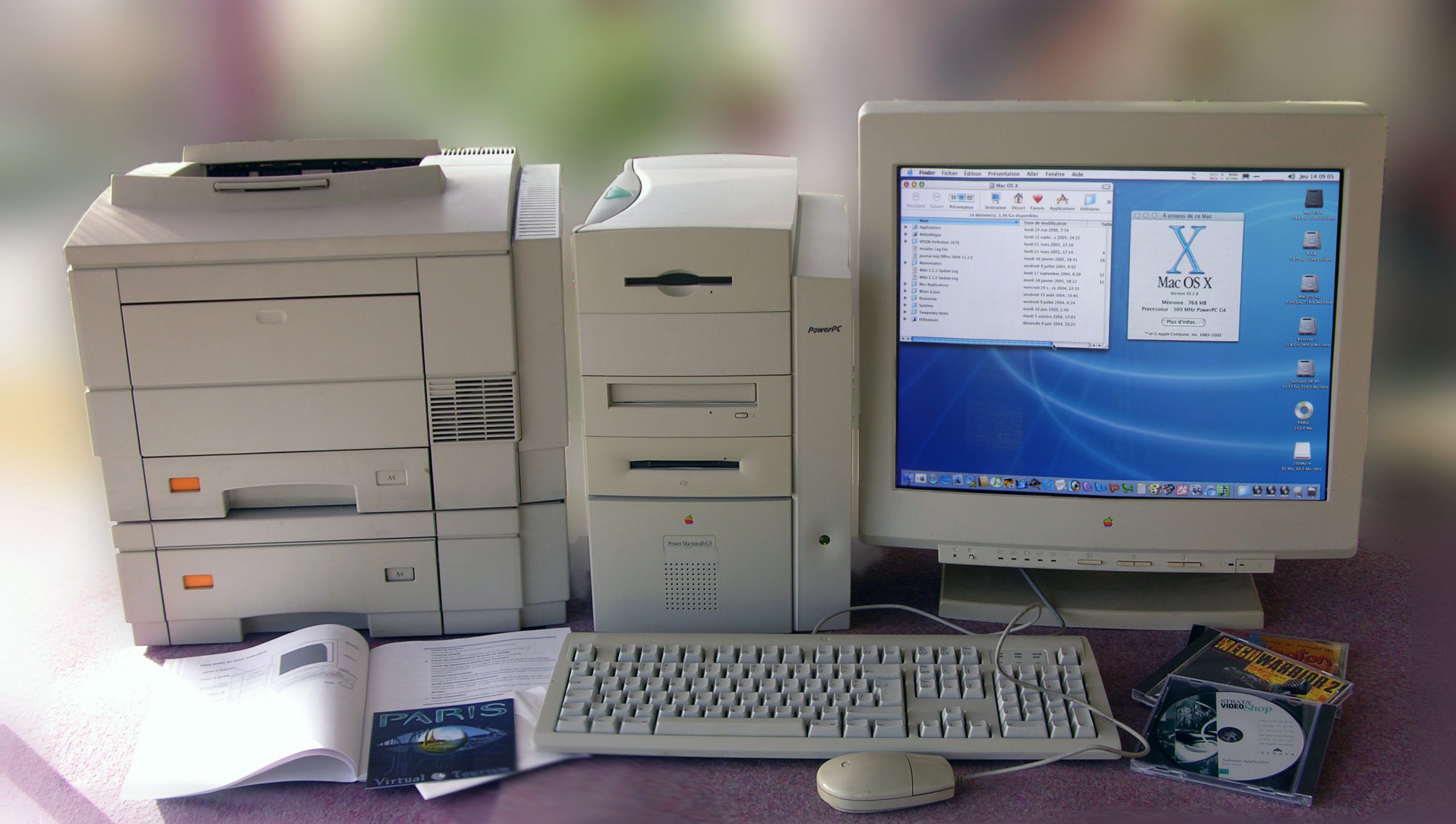The Macintosh gave rise to a whole new way of publishing, known as the digital revolution. Discover how the Macintosh changed the way newspapers and magazines were made.
Jonathan Seybold, the founder of publishing, printing and graphics events Seybold Seminars, was convinced that the Macintosh was the future publishing from the day Apple co-founder Steve Jobs first showed him the computer. “It was very clear to me that the distinction between computing and information science and graphic arts would just go away,” he says.
In the summer of 1984, Jobs called Jonathan Seybold. “Steve wanted to see me urgently,” Seybold recalls. “He said they had a deal with Adobe, they were signing a deal with Linotype, they had real fonts. I went to Cupertino and walked into this tiny room, and there stood Jobs and [Adobe co-founder John] Warnock with a Mac and a LaserWriter. He showed me what they were up to. I turned to Steve and said, ‘You’ve just turned publishing on its head. This is the watershed event.’ When I turned to John, he has this look on his face. He was just so happy. I could tell he was thinking, ‘This made the company. This is my validation.’ It was a magic moment.”
It was the end of 1984, and the stage was set for the introduction of the Apple LaserWriter. The LaserWriter debuted to great fanfare at Apple’s annual stockholder meeting on January 23, 1985, where Steve Jobs’s legendary showmanship was on display. Onstage the Pointer Sisters belted out “I’m So Excited.” In the audience were all 27 Adobe employees who had made the trip to Cupertino’s Flint Center after toasting the culmination of their two-year effort at Adobe’s office the evening before. The jubilant engineers who had toiled in obscurity were seeing their product in a place where they could gauge public’s reaction to it.
“You couldn’t walk out of there not feeling you were doing something great,” says Dan Puttman, Adobe employee #2 and former senior vice president of the North American systems division.
The LaserWriter cost $6,995 (£4,225) – steep by today’s standard, yet astoundingly cheap compared with the IBM and Xerox laser printers of the day, which were priced three to ten times that. Plus, the LaserWriter had Adobe’s special ingredient: PostScript. Almost immediately, analysts commented on the LaserWriter’s output, praising its “near-typeset quality.”
With the release of the LaserWriter, Adobe Systems was on the corporate map. The two soft-spoken scientists [co-founders Warnock and Chuck Geschke] were thrust into the media spotlight, fielding interview requests to explain why the world’s second-largest computer company had bet its future on an unknown startup.
When three upstart companies – Adobe Systems, Aldus Corporation, and Apple Computer – joined forces to create desktop publishing in 1985, shockwaves rumbled through the publishing world. Thanks to the combination of the Apple Macintosh, Aldus PageMaker, and the Adobe PostScript-equipped LaserWriter, publishing was liberated from the confines of proprietary typesetting and printing systems.
This article first appeared in Macworld in January 2004. It is excerpted from Pamela Pfiffner’s Inside the Publishing Revolution: The Adobe Story (Adobe Press/Peachpit Press, 2003).




